Uncategorized
-
 Tech
TechNew app creates a searchable network of species worldwide
A free new app compiles millions of records of species worldwide and allows users to add sightings.
-
 Physics
Physics‘The Science of TV’s the Big Bang Theory’ educates as it entertains
A science book inspired by fictional scientists helps readers understand everything from particle physics to potato electricity.
By Meghan Rosen -
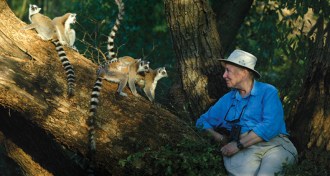 Life
LifeAlison Jolly’s last book chronicles efforts to save lemurs
In ‘Thank You, Madagascar,’ primatologist Alison Jolly, who spent decades studying lemurs, provides an insider’s account of the struggles that conservationists face.
By Erin Wayman -
 Astronomy
AstronomySuper-Earths are not a good place for plate tectonics
The intense pressures inside super-Earths make plate tectonics less likely, new research suggests.
-
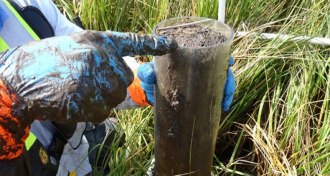 Environment
EnvironmentOil-munching microbes cleaning up Gulf marshes faster than expected
Microbes in some of Louisiana’s marshes are breaking down oil from the Deepwater Horizon spill faster than expected.
By Beth Mole -
 Astronomy
AstronomyX-ray rings reveal neutron star’s distance
Concentric X-ray rings around a neutron star help astronomers triangulate the star’s distance.
-
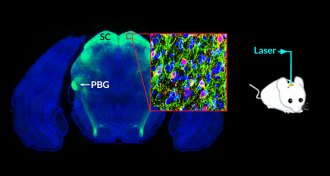 Neuroscience
NeuroscienceOne path that fear takes in the brain discovered
By hijacking a newly discovered pathway in mice’s brains, scientists inspire fear.
-
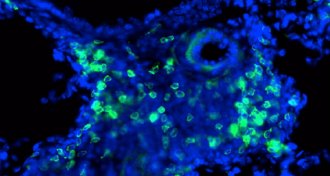 Health & Medicine
Health & MedicineSwitching off nerve cells eases asthma attacks
A drug that numbs nerve cells in mice’s airways offers a new way to ease the effects of an asthma attack.
By Meghan Rosen -
 Planetary Science
Planetary Science50 years ago, Mariner 4 sent back first pictures from Mars
On July 14, 1965, Mariner 4 became the first spacecraft to fly by Mars. The probe also sent back the first pictures of another planet taken from space.
-
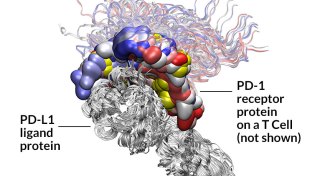 Health & Medicine
Health & MedicineNew cancer drugs wake up sleeping killer T cells
The immune system’s T cells, often evaded by tumors, might now resume the attack.
By Nathan Seppa -
 Health & Medicine
Health & MedicineSpit test could provide early warning of head, neck cancers
A new study shows that signs of head and neck cancer can be detected in saliva and blood plasma even before tumors are clinically diagnosed.
-
 Life
LifeHow vitamin B12 makes pimples pop up
Vitamin B12 causes acne by altering metabolism of skin bacteria.